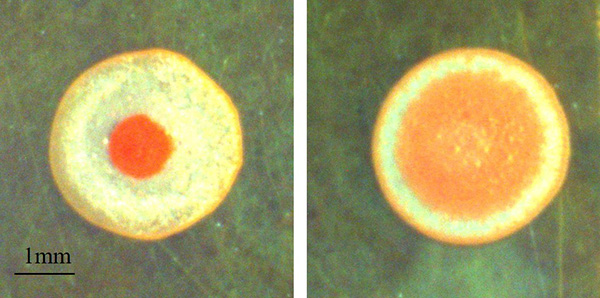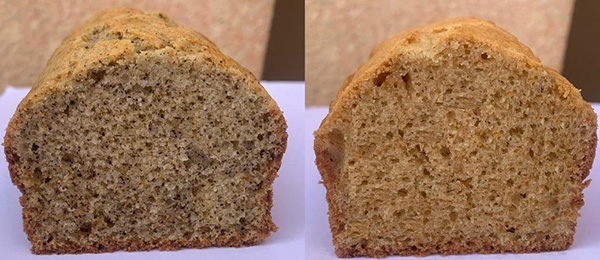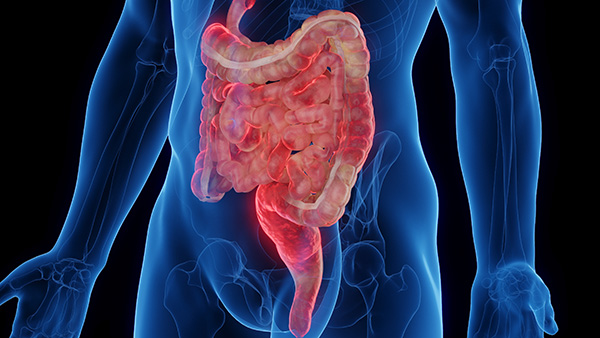FOR IMMEDIATE RELEASE
Whether light and fluffy or thin and flexible, bread holds an important place in many cultures and cuisines. And despite millennia of baking experience, scientists are still striving to improve this staple food. Below are some recent papers published in ACS journals that report insights into the quality, healthfulness and preparation of bread. Reporters can request free access to these papers by emailing newsroom@acs.org.
“Unraveling the Influence of Wheat Bran Chemical Composition, Lipolytic Enzyme Activities, and Phenolic Components on the Bread-Making Properties of Reconstituted Whole Wheat Flours”
ACS Food Science & Technology
Sept. 13, 2023
Whole-wheat bread contains more dietary fiber than its white bread counterpart because it contains wheat bran and germ, but those components also cause baked goods to be flatter and denser. Now, researchers have shown that the enzyme lipoxygenase could be contributing to this phenomenon. In tests, the team combined white flour and separate brans from 10 different wheat genotypes. The brans with greater lipoxygenase activity produced flatter loafs. Future studies are needed to determine how lipoxygenase influences the quality of whole-wheat products, the researchers say.
“Proteomic Characterization of Wheat Protein Fractions Taken at Different Baking Conditions”
Journal of Agricultural and Food Chemistry
Aug.15, 2023
Here, researchers prepared three wheat flour-based baked goods: a thin crispbread, a shaped loaf and pretzel rolls. Then, they analyzed the products’ crumb and crust, and found that the abundances of 82 gluten proteins were affected by the dough’s processing conditions. Interestingly, most of the protein changes could be attributed to the high heat of baking. The results could be used to help guide wheat breeding and improve future bread products.
“Microcrystalline Cellulose Isolation and Impregnation with Sappan Wood Extracts as Antioxidant Dietary Fiber for Bread Preparation”
ACS Omega
Aug. 14, 2023
Plant cellulose is an edible fiber, and the microcrystalline form can stabilize and thicken foods, making it a promising ingredient in baked goods. And adding phenolic compounds, such as those extracted from wood, to dietary fibers could impart extra nutritional benefits. Now, scientists have soaked microcrystalline cellulose in extracts from sappan wood and then used various amounts of the powder to bake bread. Test results indicated that a small amount of the cellulose-based additive could enhance a bakery product’s antioxidant activity and phenolic content with minimal impacts on the overall color or texture.
###
The American Chemical Society (ACS) is a nonprofit organization chartered by the U.S. Congress. ACS’ mission is to advance the broader chemistry enterprise and its practitioners for the benefit of Earth and all its people. The Society is a global leader in promoting excellence in science education and providing access to chemistry-related information and research through its multiple research solutions, peer-reviewed journals, scientific conferences, eBooks and weekly news periodical Chemical & Engineering News. ACS journals are among the most cited, most trusted and most read within the scientific literature; however, ACS itself does not conduct chemical research. As a leader in scientific information solutions, its CAS division partners with global innovators to accelerate breakthroughs by curating, connecting and analyzing the world’s scientific knowledge. ACS’ main offices are in Washington, D.C., and Columbus, Ohio.
To automatically receive press releases from the American Chemical Society, contact newsroom@acs.org.
Note: ACS does not conduct research, but publishes and publicizes peer-reviewed scientific studies.








